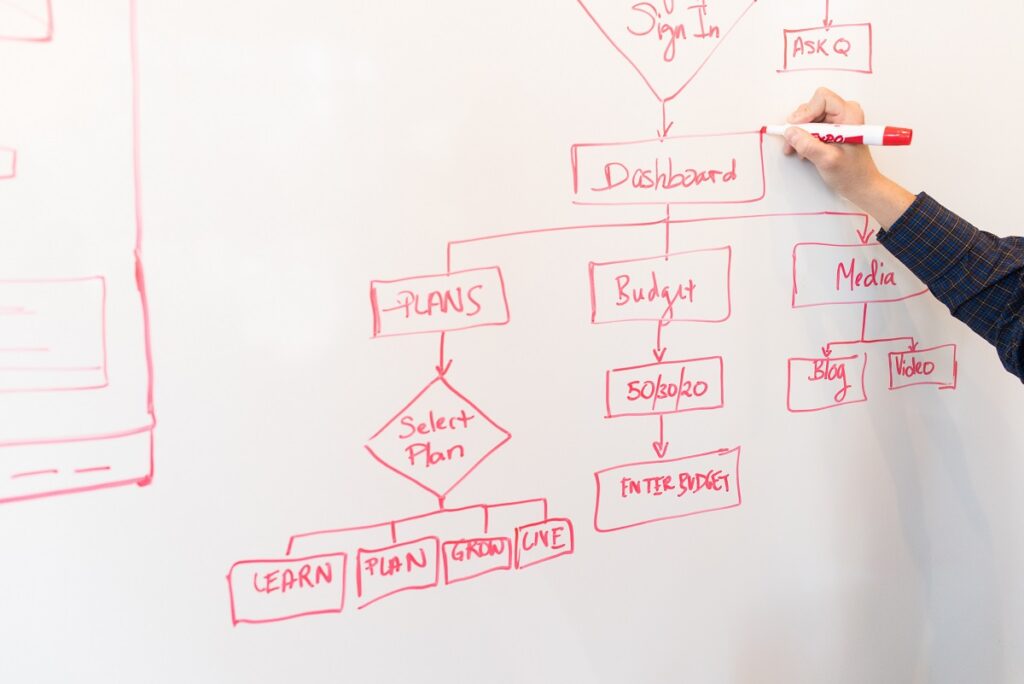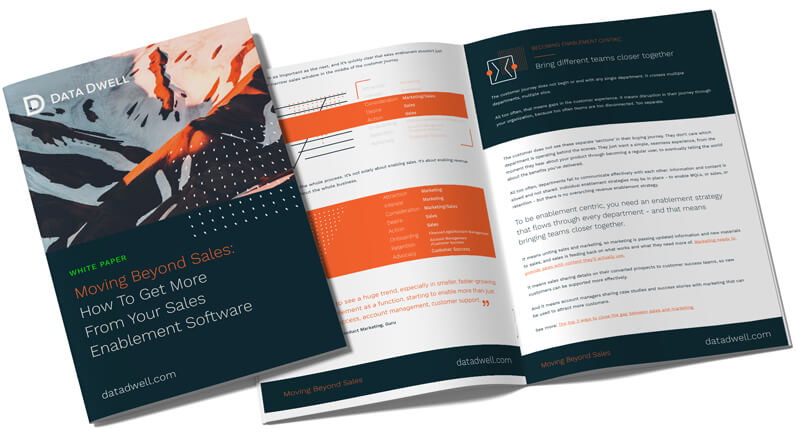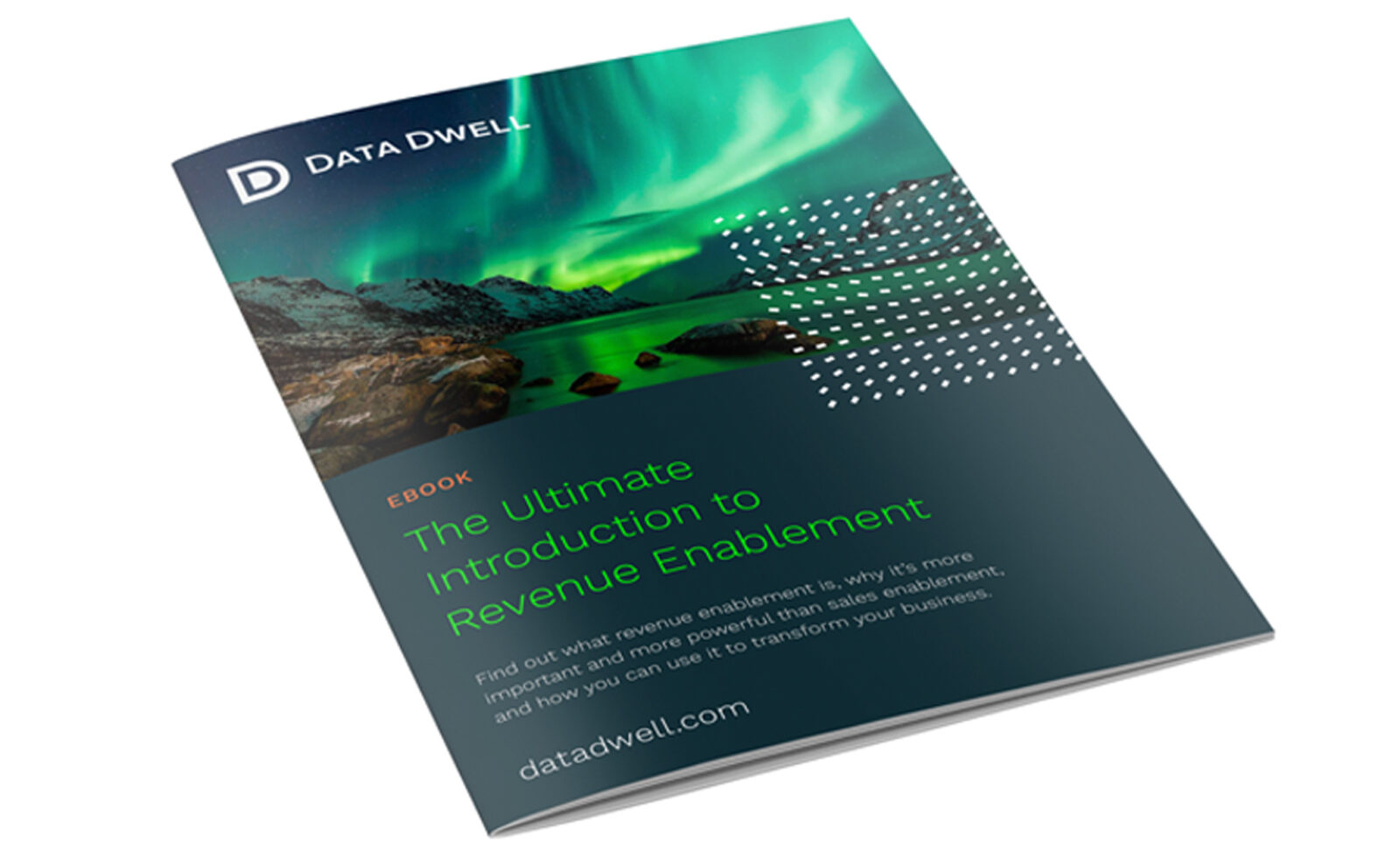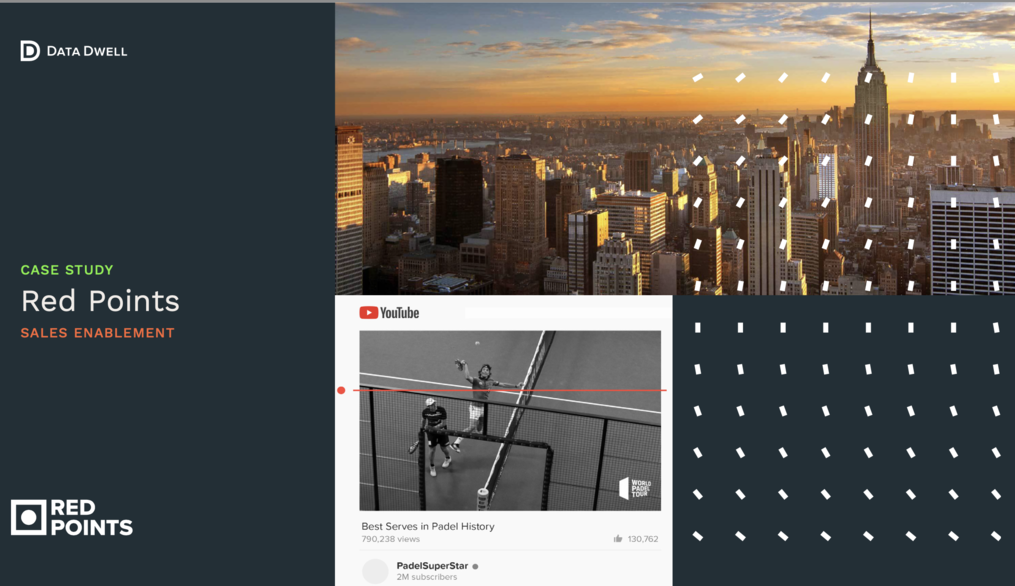
Knowing where to effectively position content in your customer journey can be the difference between a closed ‘won’ deal or a lost lead. It’s the difference between a loyal customer renewing again and again, or cancelling at the first available opportunity.
Sharing the right content is essential if you want a successful sales funnel and a long and profitable customer relationship.
But even that top performing content will be ineffective if it’s shared at the wrong time, in the wrong place.
It’s like walking to a car showroom and having a salesperson sell you the ‘enhanced driver aid package’ and premium insurance, when all you want to do is browse different models to decide which size car you’d like.
Finding where to position your content
“Finding exactly where you should position your content – picking the right stage of the customer journey funnel and making sure it’s shared at exactly the right time – is no easy task. It’s why we created the Data Dwell Sales Enablement Iceberg.” Olafur Thorkelsson, Data Dwell CEO.
There are a few steps to follow to make sure your content is positioned at the most effective point in your customer journey.
You’ll need to think about the intent of your audience, where they are on their journey and exactly what they’re looking for.
You’ll want to plan out where you want your customer to go next, what action you’d like them to take.
And then you’ll need to make sure your content is available and shared at the right time.
Or you could look at the Data Dwell Sales Enablement Iceberg, where we’ve listed every key stage of the customer journey and detailed all the types of content that should be positioned in each.
Use our iceberg ‘cheat sheet’ with the steps we’ve detailed below, and you’ll understand exactly where to position content in the customer journey to increase your sales and your revenue.
1. Think about user intent
The first step in positioning content in your funnel or customer journey is to understand exactly what your customers are thinking.
You need to get inside their heads and find out why they’re here. What are they doing at this stage of the journey? What do they want to know? What do they want to do?
As with the car showroom example above:
“There’s no point in sharing pricing information about your product if your prospect still doesn’t understand the problem it solves. You need to choose the right type of content for the right stage of the customer journey.” Olafur Thorkelsson.
Think about user intent – what your customers would ideally like to do – and position content that supports this.
For example, if your prospects are looking to learn more about their problem and potential solutions, you need to give them content that educates. Content like ebooks, white papers and industry reports. We’ve positioned this type of content at the ‘Interest’ stage of the Sales Enablement Iceberg.
But if your prospect just wants to start using your product, they don’t want to know about problems and solutions, they want ‘how-to’ guides, walkthroughs and step by step tutorials. These are all useful content types for a great customer onboarding experience, positioned at the ‘Conversion’ stage of the funnel.
2. Consider what you’d like your customer to do next
Next, you’ll want to go back to your customer journey map to see what stage they’re at, and where you’d like them to go next.
You need to share the right type of content to help them move further down the funnel.
At the top of the funnel, you’ll want to appeal to a wide audience and turn some of them into leads, so you’ll want to position content here that attracts. In the middle, you’ll want to get your leads to become prospects, so you’ll want content that inspires. And at the bottom, you’ll want prospects to turn into customers, so you’ll need content that convinces.
The most effective types of sales content are those which are positioned at the right place in the funnel to keep your customers moving through it.
“Think of your content as the bridge between two stages of the customer journey. Position it effectively and it’ll help your customers move further down the funnel.” Olafur Thorkelsson.
We list all types of content, at each stage of the journey, in the Sales Enablement Iceberg.
3. Align the right type of content at the right time
Now you know the right type of content, you’ll need to make sure your content is actually positioned in the right place. Knowing where to align your content and then making sure it’s shared at the right time are two different things.
Too much content goes unseen – 90% of it. In over two third of cases, it’s because content is stored in multiple locations and sales reps or customer success teams can’t find it.
They know the content that should be positioned at each stage, they just don’t know where it is.
That’s where sales enablement software comes in. It keeps all content together and aligns it automatically, recommending the right content at the right time to the sales reps or customer success agents who need it.
The most effective sales enablement software aligns content to every stage of the customer journey – from awareness all the way through to advocacy – so your teams always have the right content at their fingertips, positioned in the most relevant place.
4. Use The Data Dwell Sales Enablement Iceberg
Share the Data Dwell Sales Enablement Iceberg with every team, in every department, and your whole organization will know where to position content in the customer journey.
Marketing can work with Sales and Customer Success to create the content – in the right format – that meets user intent and gets customers moving through the funnel.
And Sales and Customer Success will know exactly what type of content to share and when, with content positioned automatically for them with sales enablement software like Data Dwell.
Explore the Sales Enablement Iceberg or get started with Data Dwell today.




